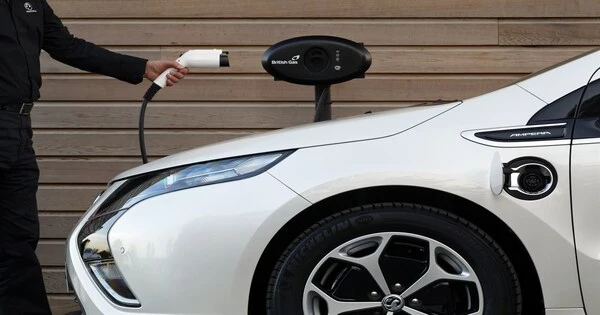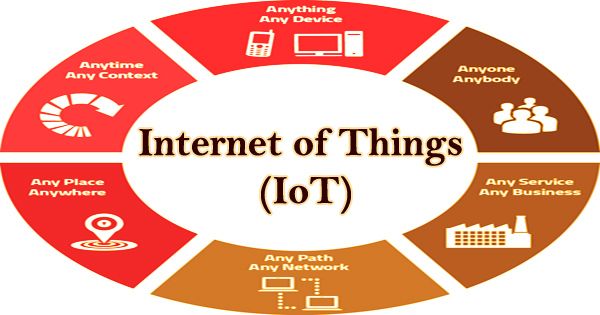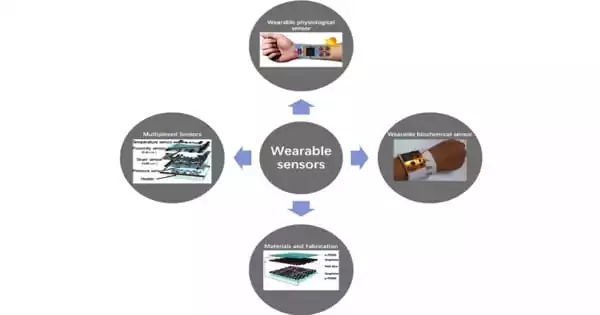An ultra-low-emission vehicle (ULEV) is a vehicle that emits extremely low levels of vehicle emissions when compared to other vehicles. It is a term used to describe a vehicle that emits significantly lower levels of harmful pollutants than traditional internal combustion engine vehicles.
In some jurisdictions, it is defined by law; low and ultra-low-emission vehicles may be given tax or other benefits, whereas high-emission vehicles may face restrictions or additional taxation. ULEVs are intended to reduce the environmental impact of transportation while also improving air quality.
Key characteristics and features of ULEVs include:
- Advanced Emissions Control Technology: ULEVs typically use advanced technologies to control and reduce pollutants like carbon monoxide (CO), nitrogen oxides (NOx), and particulate matter emissions. This frequently entails the use of more efficient catalytic converters and exhaust aftertreatment systems.
- Low Greenhouse Gas Emissions: ULEVs are designed to reduce greenhouse gas emissions, particularly carbon dioxide (CO2), in addition to conventional pollutants. Many ULEVs have more fuel-efficient engines or alternative powertrains, such as electric or hydrogen fuel cell systems.
- Alternative Powertrains: Alternative power sources, such as electric, hybrid, or hydrogen fuel cell propulsion systems, are frequently used in ULEVs. These technologies emit little to no tailpipe emissions and are considered more environmentally friendly than traditional gasoline or diesel engines.
- Strict Emission Standards: ULEVs are designed to meet or exceed strict emission standards set by regulatory agencies, such as the Environmental Protection Agency (EPA) in the United States and the European Union’s Euro emission standards. Compliance with these standards ensures that ULEVs have significantly lower emissions than older, less environmentally friendly vehicles.
- Energy Efficiency: ULEVs are often more energy-efficient than traditional vehicles, meaning they can travel longer distances on the same amount of energy or fuel. This contributes to lower emissions and reduced fuel consumption.
Governments and organizations frequently provide incentives and benefits to encourage the use of ULEVs. Tax credits, rebates, access to carpool lanes, and reduced registration fees are examples of these incentives.
ULEVs include electric vehicles such as the Tesla Model 3, hybrid vehicles such as the Toyota Prius, and hydrogen fuel cell vehicles such as the Toyota Mirai. ULEVs aim to reduce the negative environmental and health impacts of transportation while promoting more sustainable and cleaner mobility options.
















